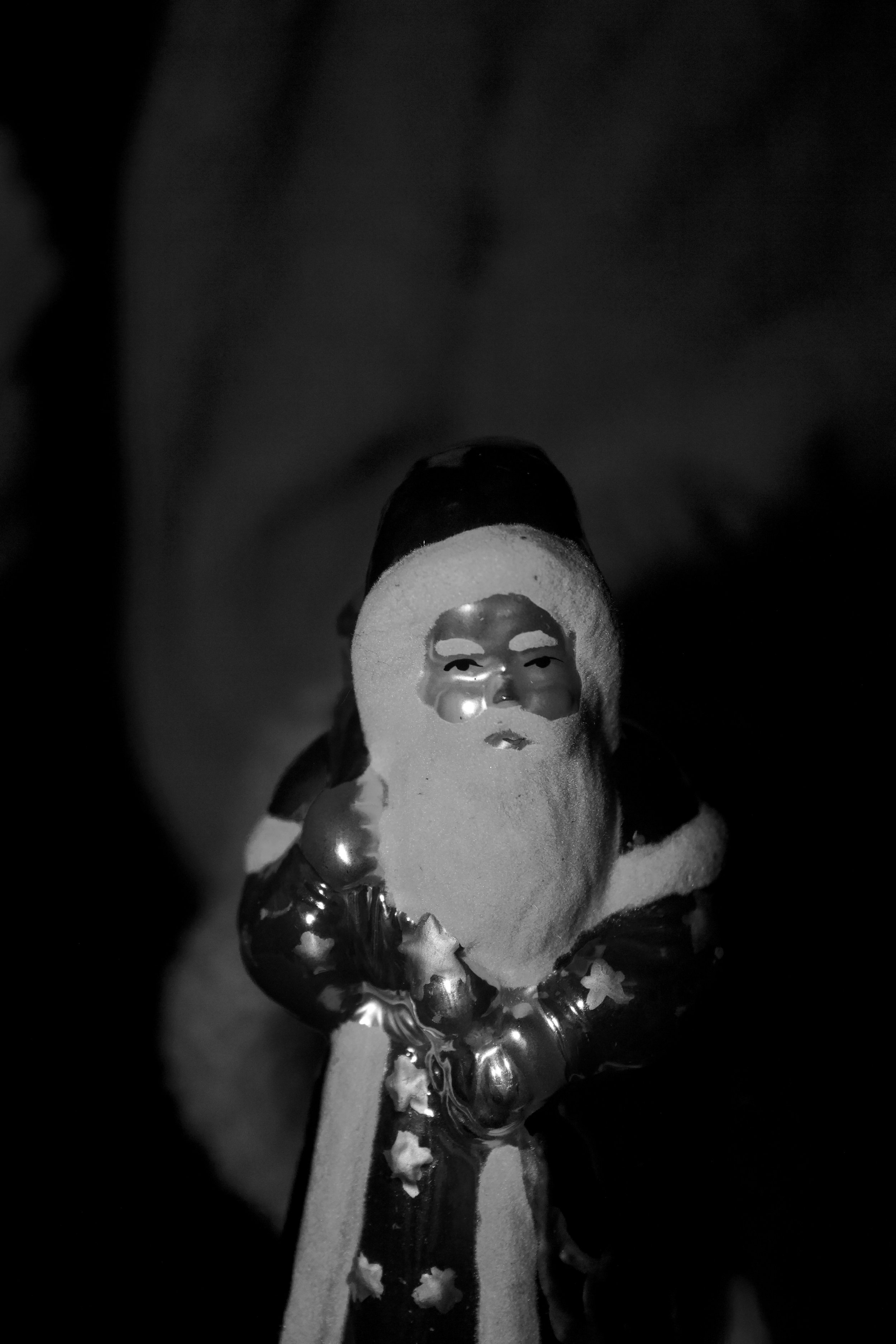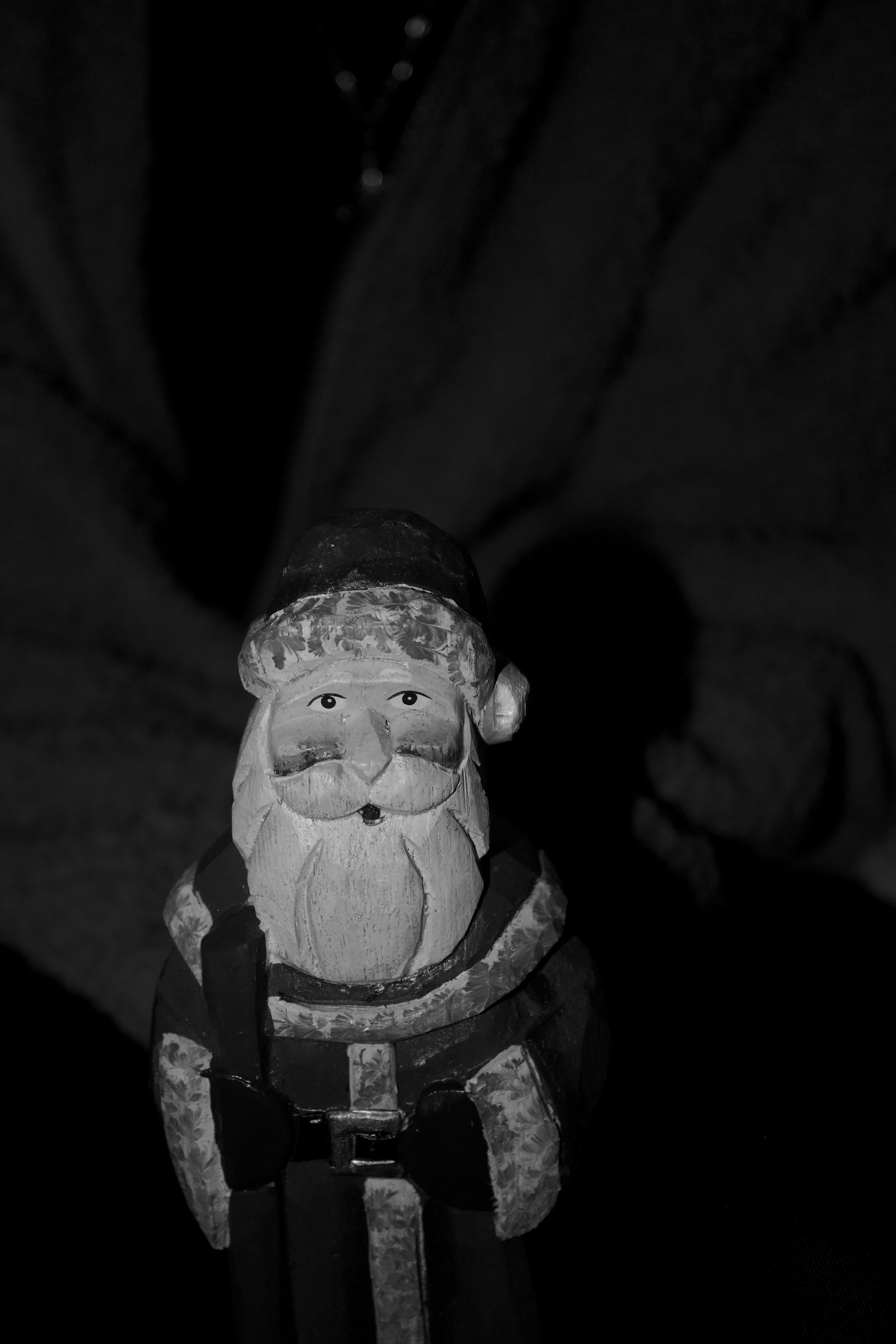The origins of classic holiday legends
Santa started as a giving spirit that traveled to help the less fortunate and sick. During the time of the renaissance, St. Nicholas was the most popular saint in Europe. European immigrants brought the holiday traditions of St. Nicholas to America. In 1774, groups of families in New York gathered to honor the anniversary of St. Nicholas's death which is December 6th. The name Santa Claus, as we know it today, is an evolution that occurred over the years. It started as his Dutch name, Sinter Klaas, which is the shortened form of Saint Nikolaas. Another evolution many of us have seen during the holidays is companies using Santa as advertisement.
In 1840 stores started having Christmas advertisements featuring Santa, since he was becoming so popular in the United States. A very classic portrayal many people know is of Santa in the Coca- Cola commercials in 1920. One many people know is the M&M commercials which aired in 1996. When we think of Santa, we think of a man with a long white beard, wearing a red suit and hauling a bag on his back filled with presents. But the early depictions of Santa illustrated him as a tall, skinny man, or a spooky looking elf. In the past, he has worn Bishop's robes and a Norse huntsman’s animal skin clothes. The Santa we know now lives in the north pole with his wife Mrs. Claus. He spends his year making toys to prepare for christmas.
Many, but not all families, gather for the holidays, and the way they’re celebrated has evolved throughout the years. Giving gifts, having fancy meals and holiday movies are just some of the ways in which people gather to celebrate. Gift giving for Christmas is tied back to the bible when baby Jesus was given gold, frankincense and myrrh by the three wise men.
Many children who celebrate Christmas believe in Santa, but in other places around the world, the man in the red suit isn’t believed to be so jolly. In Austria, Bavaria, and parts of central Europe, the helper to Santa is Krampus. He is a horrifying Christmas legend, described as being covered in fur, with fangs and horns, who punishes the bad children with the intention of making them behave well. One legend says that the kids who did not behave well after the punishment would be taken by Krampus and brought to his den. A piece of Pagan lore about Krampus says he is the son of Hel, the goddess of the dead in Norse mythology. The den in which the bad children are brought to is actually the underworld, meaning the children who behave badly will die. Stories of Krampus were told with the hopes of scaring children into being good all year, especially during the holiday season.
The Easter Bunny, as we know it today, started with ideas of the Germanic and Saxon goddess of spring and dawn, called Eostre. The name 'Eostre' comes from the word ēastre, which translates to “the rising dawn”. Native to England, the brown hare was introduced by the Normans into the wild in Britain after 1066. After the rabbits multiplied, they easily outnumbered the native rabbit population there. With this happening, it seems as if they were a fit to be a symbol for fertility and birth. Eggs, which are associated with the Easter Bunny during Easter, are also an ancient symbol of new life and fertility.
The Easter Hare in Germany would bring a basket full of decorated eggs to good kids. The eggs were then hidden for them to find. Queen Victoria would organize egg hunts for her children at Kensington palace; this would eventually help bring the easter tradition to Britain.
Though the legends and mythology are different across every culture and holiday, they are part of the celebrations of many families around the world during these special holidays.
photos by leyla dumke



